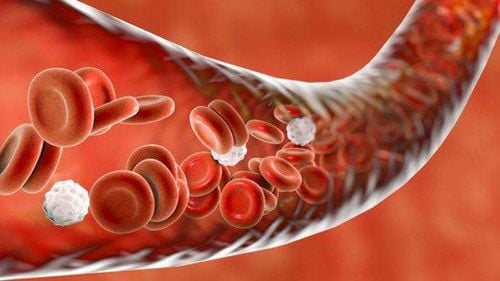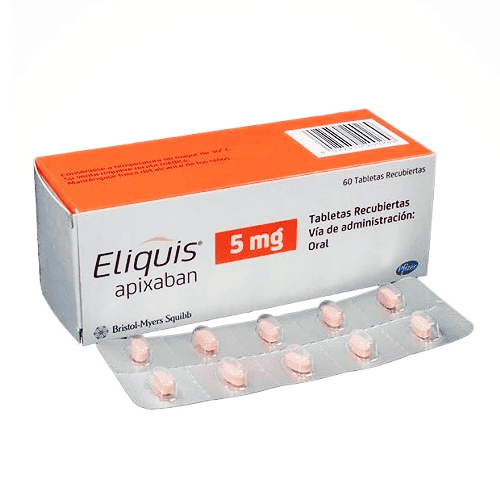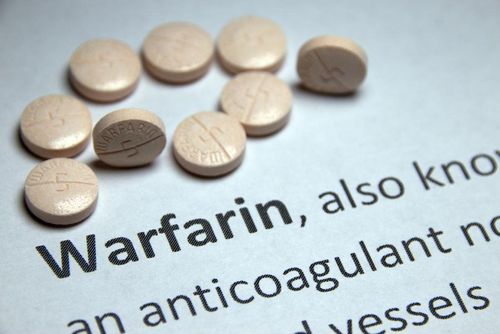This is an automatically translated article.
The article was professionally consulted by Dr. Ngo Dac Thanh Huy - Cardiologist - Department of Medical Examination & Internal Medicine - Vinmec Danang International General Hospital. The doctor has experience and strengths in the field of diagnosis and treatment of cardiovascular diseases, echocardiography, coronary angiography and intervention.Deep vein thrombosis is a disease caused by a blood clot that causes a venous thrombosis. The disease can lead to life-threatening pulmonary embolism.
1. What is Deep Vein Thrombosis?
There are three types of veins in the human body: superficial veins located just under the skin, deep veins between muscles and perforating veins, which connect the superficial veins with the deep veins through one-way valves.Arteries are responsible for carrying oxygen-rich blood from the heart to the organs in the body, while veins are responsible for carrying oxygen-poor blood back to the heart. In particular, the deep veins bring blood to the vena cava - the largest vein in the body and then return blood straight to the heart. Deep vein thrombosis is a condition in which a blood clot forms in a deep vein, blocking the flow of blood. Deep vein thrombosis can cause pain, swelling, and a burning sensation in the respective skin. More dangerously, the clot can peel off the wall of the vein and travel freely through the bloodstream, reaching the lungs, blocking blood circulation in the lungs. At that time, the lungs and heart have to work hard. Patients with pulmonary embolism, if not treated promptly, can die quickly.
2. Deep vein thrombosis usually located in which part?

Deep vein thrombosis if detected early and treated properly, the treatment effect is quite high, does not seriously affect the patient's health. It is important to recognize the symptoms of the disease for timely examination and diagnosis.
3. Symptoms of deep vein thrombosis
Symptoms of deep vein thrombosis are somewhat unclear, many patients have no symptoms at all. In some cases, there is a sudden pain, swelling, burning in the area of thromboembolism, pain that increases when walking, red or blue skin, pain when touching, increases when flexing the instep of the foot. to the lower leg, increased local temperature, erythema, dilated superficial veins, increased circumference of the calf, thigh, ankle edemaSymptoms of deep vein thrombosis depend on the size of the thrombus and thrombus site causing embolism.
4. Causes of deep vein thrombosis

If blood is stagnant in the veins, the risk of thrombosis is very high. This case often occurs in patients who have not moved for a long time, causing reduced blood flow, stagnation of venous circulation in the lower extremities.
Specific causes of deep vein thrombosis include:
Broken leg, broken hip; Surgery on hip, knee, calf, shin, abdomen or chest... Inherited blood clotting disorder; Do not exercise for a long time, which may be caused by traveling by train or by plane for too long in a tight space. However, this case is very rare, if any, it is also seen in patients who have had surgery or are in the process of being treated for certain diseases. Cancer; People with obesity, diabetes, a history of stroke and heart attack, pregnant women... have a higher risk of deep vein thrombosis than the general population. Vinmec International General Hospital currently has all the professional conditions and technical means to effectively carry out the methods of examination, diagnosis and treatment of deep vein thrombosis. Vinmec gathers a team of highly qualified and experienced cardiologists; modern medical equipment, up to international standards; professional service quality, helping to improve the efficiency of disease diagnosis and treatment.
Please dial HOTLINE for more information or register for an appointment HERE. Download MyVinmec app to make appointments faster and to manage your bookings easily.
Reference source: Vietnam Society of Cardiology














